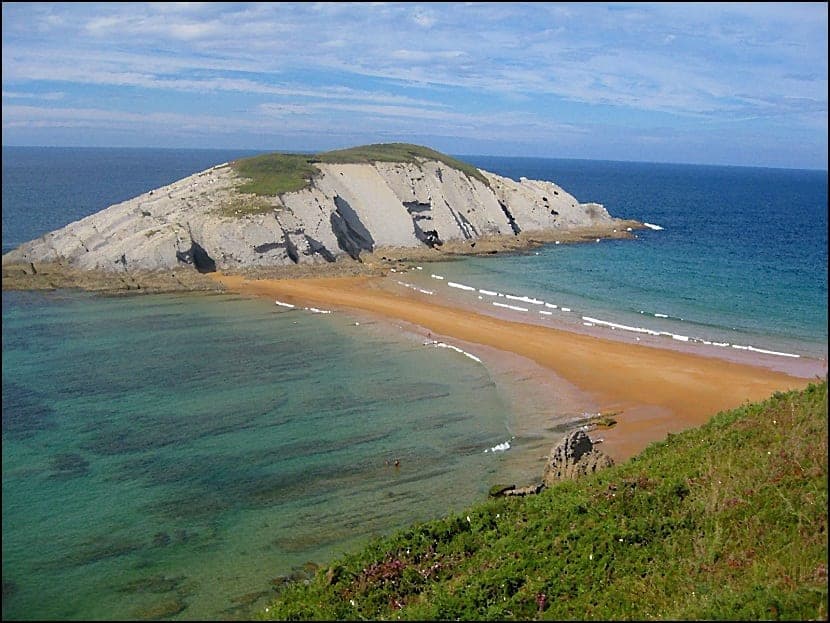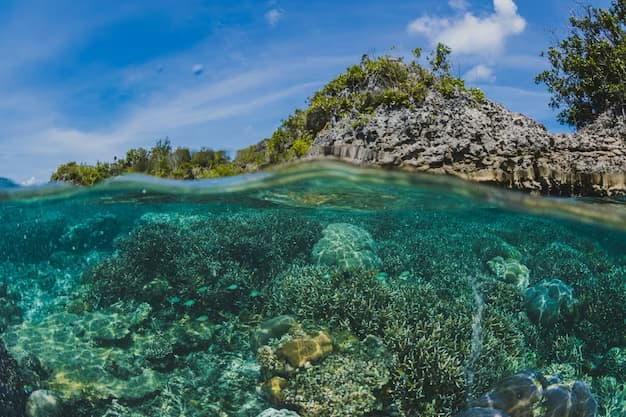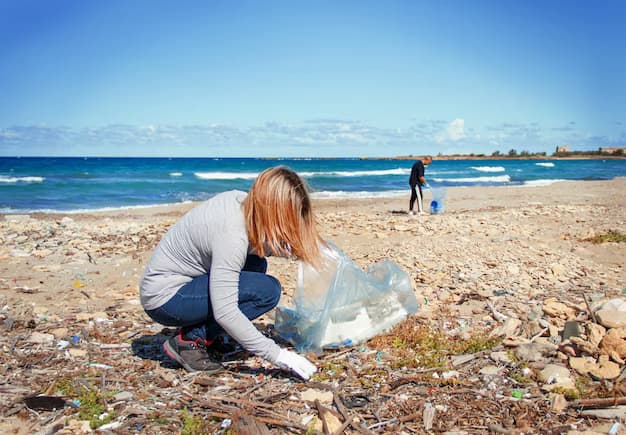The Earth’s surface presents an array of geographical phenomena, among which tombolos stand out as striking examples of nature’s ingenuity. These landforms, created by the accumulation of sand and sediment, serve as natural connectors between islands or sea stacks and the mainland. Their existence is a testament to the intricate balance between geological processes and the forces exerted by oceans.
Formation of Tombolos
The genesis of a tombolo is a complex yet fascinating process involving the interplay of wave action, tidal movements, and longshore drift. This process results in the deposition of sediment that gradually extends from the shore to an offshore island or rock, creating a natural land bridge. The formation is influenced by various factors, including wave diffraction around the island and the accumulation of materials in the sheltered area behind it, known as the lee side.
Comparative Table: Processes Contributing to Tombolo Formation
| Process | Description | Impact on Tombolo Formation |
|---|---|---|
| Wave Action | Movement of sand and sediment by waves | Initiates and supports sediment deposition |
| Longshore Drift | Movement of sediment along the shore | Contributes to sediment accumulation |
| Tidal Action | Changes in water level and currents due to tides | Exposes and submerges tombolos, affecting growth |
Ecological Significance
Tombolos are not merely geological curiosities but also vital components of marine ecosystems. They provide unique habitats that support diverse flora and fauna, from marine invertebrates to seabirds. The sedimentary buildup creates environments conducive to the growth of seagrasses and the formation of coral reefs, enhancing biodiversity and offering protection to various marine species.
Human Interaction and Conservation
While tombolos attract tourists and serve as sites for recreational activities, their popularity comes with environmental costs. Human activities, including coastal development and pollution, threaten these delicate landforms. Conservation efforts focus on sustainable development, pollution control, and the establishment of marine protected areas to safeguard these unique geological features.
Video Guide
To answer all your questions, we have prepared a video for you. Enjoy watching it!
Sustainable Tourism: A Path to Tombolo Conservation
Sustainable tourism emerges as a pivotal strategy in the conservation of tombolos, balancing human enjoyment of these natural wonders with the imperative to preserve their ecological and geological integrity. The increasing allure of tombolos as tourist destinations necessitates a responsible approach to visitation and development, one that nurtures both the environment and the local communities.
The principles of sustainable tourism advocate for minimal environmental impact, support for local economies, and the enhancement of visitor awareness and education. By implementing measures such as controlled access, environmentally friendly infrastructure, and educational programs, the impact of tourism on tombolos can be significantly reduced. These programs not only serve to inform tourists about the delicate nature of tombolos and their ecosystems but also inspire a deeper appreciation and respect for the natural world.
Moreover, sustainable tourism encourages the involvement of local communities in conservation efforts, ensuring that the benefits of tourism are equitably shared and that local traditions and knowledge are respected. Community-led initiatives, such as beach clean-ups and habitat restoration projects, foster a sense of stewardship and connection to the land.
Conclusion
Tombolos embody the dynamic relationship between the land and sea, showcasing the power of natural processes in shaping the Earth’s coastline. Their preservation is crucial not only for maintaining biodiversity, but also for protecting the geological heritage that they represent. As climate change poses increasing threats to coastal environments, the conservation of tombolos becomes ever more important. Sustainable management and global cooperation are key to ensuring that these natural bridges continue to connect islands to mainland lands for generations to come.
By understanding and appreciating the geology, ecology, and challenges facing tombolos, we can take informed steps towards their preservation. The future of these remarkable landforms depends on our actions today, highlighting the importance of environmental stewardship in safeguarding the planet’s natural wonders.



